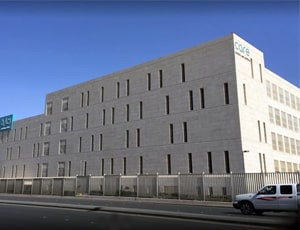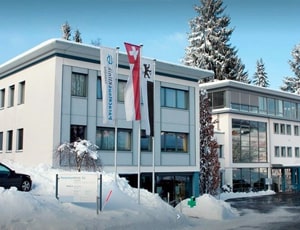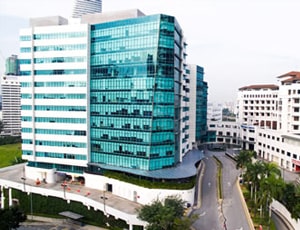Plaque is the accumulation of fat, cholesterol, calcium, and other chemicals in arteries. Plaque can either restrict blood flow or rupture, resulting in blood clots. Atherosclerosis is the accumulation of plaque. Atherosclerosis is treated with an atherectomy.
Ather refers to a fatty plaque. The term "ectomy" refers to the surgical removal of something. This treatment clears the arteries from fatty plaque. This is a minimally invasive vascular therapy for people with Peripheral Arterial Disease (PAD).
This procedure to remove plaque from an artery is known as an atherectomy (blood vessel). Plaque removal widens the artery, allowing more blood to flow freely to the heart muscles. With small revolving blades or a laser on the end of a catheter, the plaque is shaved or vaporised away during an atherectomy (a thin, flexible tube).
Patients with very hard plaque or those who have already had angioplasty and stents but still have plaque restricting blood flow may benefit from surgical atherectomy.
It's a minimally invasive technique that doesn't require a hospital stay and has a quick recovery time. Other advantages include:
Before the procedure, the patient undergoes a series of tests to ensure that the patient is the right candidate for the procedure. The patient’s medications are reviewed and some medicines are recommended to be stopped. The surgery is performed under local anaesthesia.
In a cardiac catheterization lab, the atherectomy procedure is conducted. Sedatives are given to the patient before an atherectomy to assist him or her relax. The catheter is then carefully placed into an artery, typically in the groyne or upper leg. It is subsequently guided toward the heart through the blood vessel. Once it's in place, dye is delivered into the coronary arteries via the catheter. An X-ray is conducted to assist the physician in locating the obstructed or narrowed area. The physician then cuts or vaporises plaque with tiny blades or a laser linked to the catheter's end. An angioplasty or stent procedure may be performed after the atherectomy. The catheter is withdrawn after the treatment is finished. After around 24 hours, the majority of patients are able to return home.
The recovery process is very simple. The patient is kept still for 3-6 hours post-procedure to ensure the incision stops bleeding. The pain at the incision site is very less and will be healed at a short time. The area is checked periodically for bleeding. Little swelling might be common in the initial days. The hospital stay lasts for a day or two usually. The patient is discharged after close monitoring and no complications for two days. The patient is given wound care instructions. The patient is advised to do minimal physical activity for a few days. They can resume their normal activities in three weeks. The patient will also be given a few follow up medications. The patient should ensure that the medications are followed for a speedy recovery.

Riyadh, Saudi Arabia
History Riyadh care hospital is a highly specialized hospital with world-class infrastructure. The ...more
![]() Airport Transfer
Airport Transfer
![]() Choice of Meals
Choice of Meals
![]() Interpreter
Interpreter
![]() SIM
SIM

Lustmuhle, Switzerland
History Dr. Walter Winkelmann, a well-known naturopath founded Paracelsus clinic approximately 62 y...more
![]() Airport Transfer
Airport Transfer
![]() Choice of Meals
Choice of Meals
![]() Interpreter
Interpreter
![]() SIM
SIM

Kuala Lumpur, Malaysia
History Parkway Pantai Hospital in Kuala Lumpur, Malaysia is operating under the Parkway Pantai gro...more
![]() Airport Transfer
Airport Transfer
![]() Choice of Meals
Choice of Meals
![]() Interpreter
Interpreter
![]() SIM
SIM